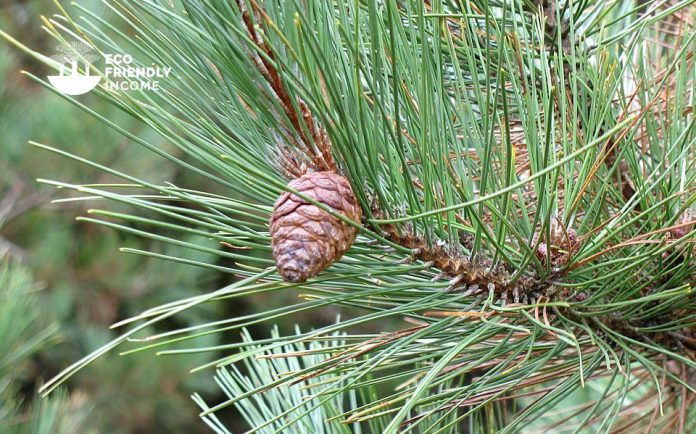
Featured Photo by S. Rae / CC BY 2.0
A field guide on how to identify and propagate Red Pine (Pinus resinosa), a hardy tree that is native to eastern North America.
How to Identify Red Pine (Pinus resinosa)
Leaves
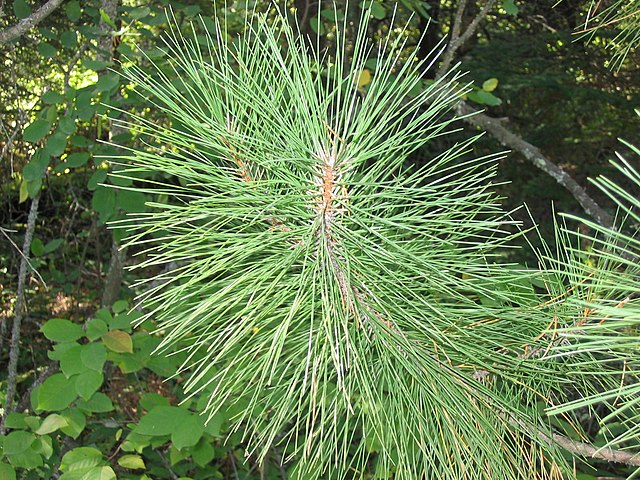
Red pine leaves are needle-like, grow in a linear shape and have entire margins (smooth). They grow on the stems on fascicles in an alternate arrangement.
Pinus resinosa has 2 needles per fascicle. They are also fairly long compared to other pines at 4-6 inches per needle.
Bark
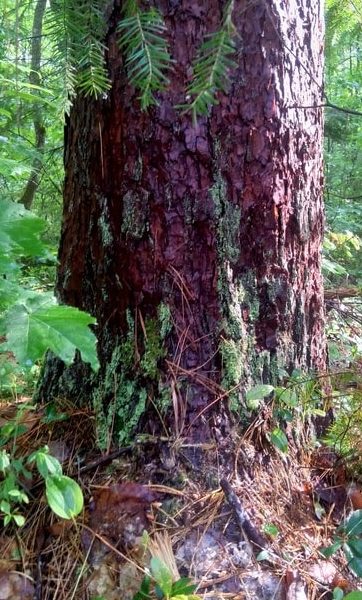
Pinus resinosa bark is reddish-brown and can appear nearly ruby red when wet.
The bark is thick, and scaly and has deep furrows that are separated by ridges.
You could peel the flaky scales off the bark quite easily.
Cones
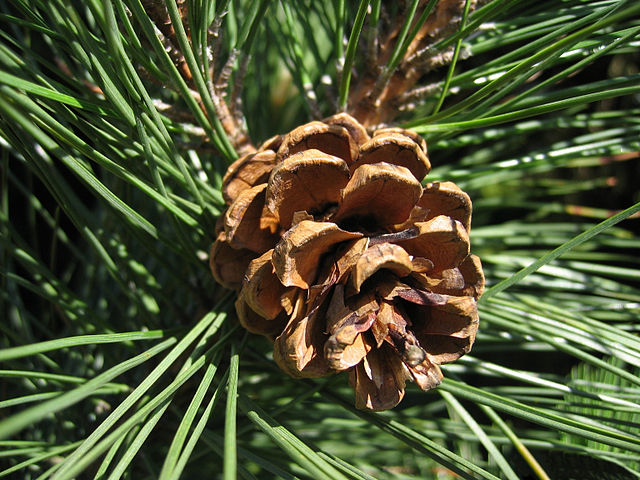
Red pine cones are wide, but not very long, and typically reddish-brown in color.
If you look closely, you’ll see the scales are thick and lack prickles.
Red pine cones remain on the tree for up to two years after pollination, and are dispersed by the wind when they mature.
Flowering Season
You can spot red pine cones growing on the trees in late spring to mid-summer and see them mature within 2 years.
Habitat
Pinus resinosa, also known as the red pine, is a coniferous species of pine tree native to eastern North America.
It’s typically found in dry to moist well-drained soils on higher elevations and northern exposures, ranging from southern Canada to Minnesota and Maine in the United States.
It grows more commonly in the Eastern Canadian Shield & Great Lakes Forests.
Red pines often grow in pure stands, but are also commonly found in mixed stands of hardwoods, such as maple and oak.
Some other understory plants you could spot grow beside red pines are:
- Eastern Teaberry (Gaultheria procumbens)
- Bunchberry (Cornus canadensis)
- Bluebead (Clintonia borealis)
Wildlife Value
Red pine is known for its great wildlife value.
It provides food and shelter for a number of species, including deer, moose, bears, coyotes, porcupines, and snowshoe hares.
Its dense canopy provides shade and protection from the elements and its needles and cones are a valuable source of nutrition for many animals.
Red pine also has a role in soil conservation, as its deep roots help to hold soil in place and prevent erosion.
How to Propagate Red Pine (Pinus resinosa)

Hardiness Zone: 2-5

Soil Type: Clay, loam, sand.

Water: Normal to Low.

Exposure: Full Sun
You can propagate red pine with two effective methods:
- Stem Cuttings: It provides established trees faster, but is tricky, and will probably have a lower success rate.
- By Seed: The success rate is high but takes longer to get established saplings.
While taking cuttings has merit, it’s much harder with conifers than with deciduous trees.
For that reason, for red pine, we’ll focus on propagation by seed.
Although if you’re interested in learning how to root cuttings, take a look at our plant cuttings guide.
How to Propagate Red Pine (Pinus resinosa) by Seed
If you want to propagate red pine, sowing seeds is your best bet. Now if you have red pine trees nearby, all you need to do is go collect mature cones to get the seeds.
Alternatively, if you can’t, you can always order some seeds online at Mount Royal Seeds.
How to Harvest Seeds
When you get your hands on some cones, you got two options to harvest the seeds inside.
- You can let them dry at room temperature.
- You put them in an oven with low heat to help the cones open faster.
After the cones are open, all you need to do is flick the cones and the seeds will fall from the cracks.
The beauty with red pine is that, like jackpine, the seeds can germinate without any cold stratification.
It’s nice because many northern trees require a long and arduous cold stratification process.
Sowing
Since red pine seeds do not need cold stratification, you can simply sow them right away.
Recommended sowing substrate: Peat moss mixed with sand.
- First, push each seed into the substrate.
- Next, cover with a fine layer of soil.
- Finally, gently water.
Keep a cover or plastic wrap on your container to maintain ideal moisture for germination.
Red pine seeds should germinate within a week or two.
That’s it, that should cover everything you need to propagate your red pines! Good luck!
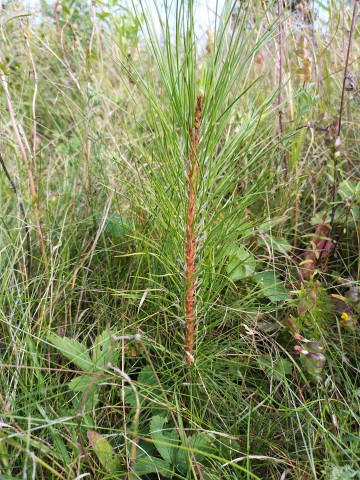
FAQ
Q: Do Red Pine (Pinus resinosa) seeds need cold stratification to germinate?
A: The answer is no! Red pine seeds can germinate without any cold stratification.
Q: What is the lifespan of a red pine?
A: Red pines are solid trees that grow tall and sturdy, they can live upwards of 400 years.
Q: What is the difference between a red pine and a white pine?
A: The easiest way to tell red pine apart from white pine is to count the number of needles per fascicle. Red pine has 2 needles per fascicle while white pine has 5 needles per fascicle.
Q: What kills red pine trees?
A: Insect plague is a common killer of red pines. Once the eggs of the mountain pine beetle are laid, they hatch and the larvae begin to consume the living tree from the inside. This process is swift, taking only a few weeks to wreak havoc on the tree’s essential systems, and resulting in the tree turning red and brown as it succumbs to death after several months.
